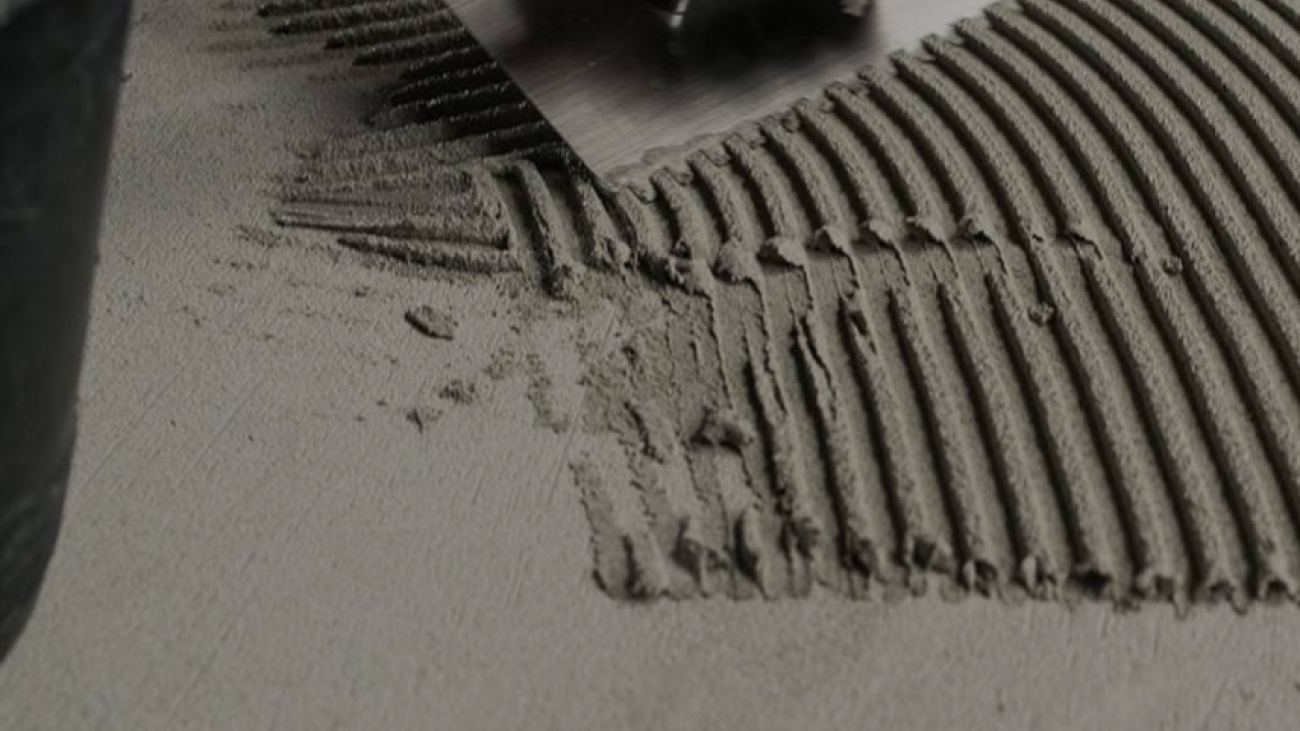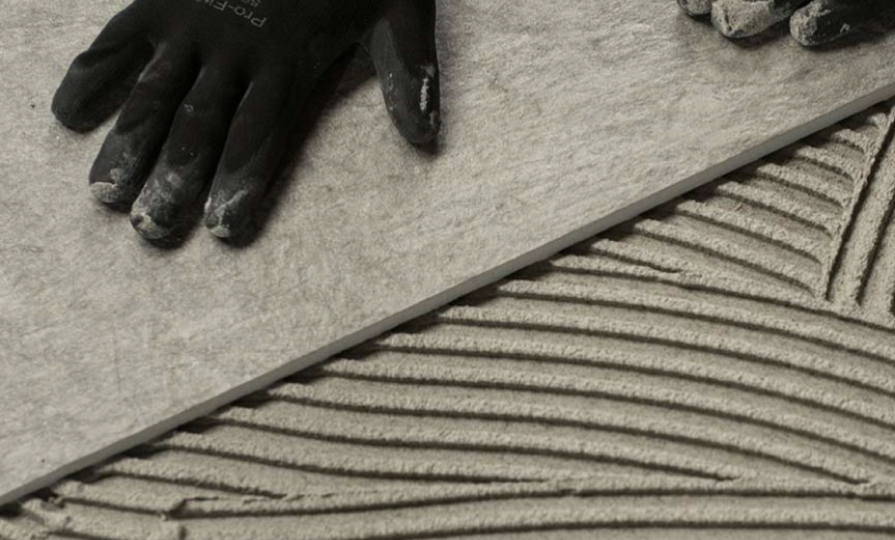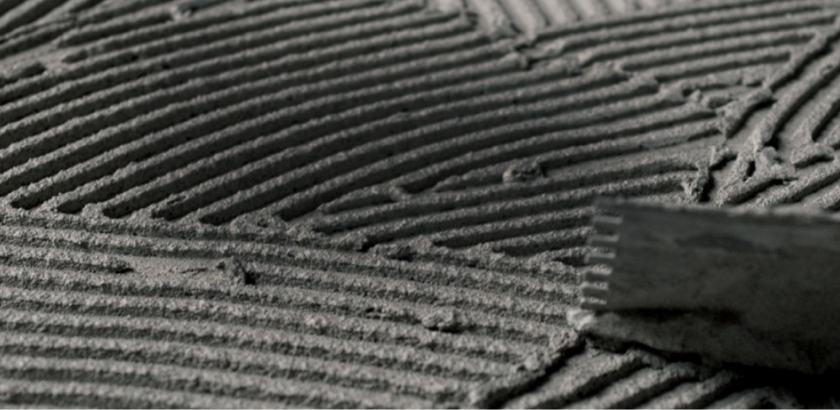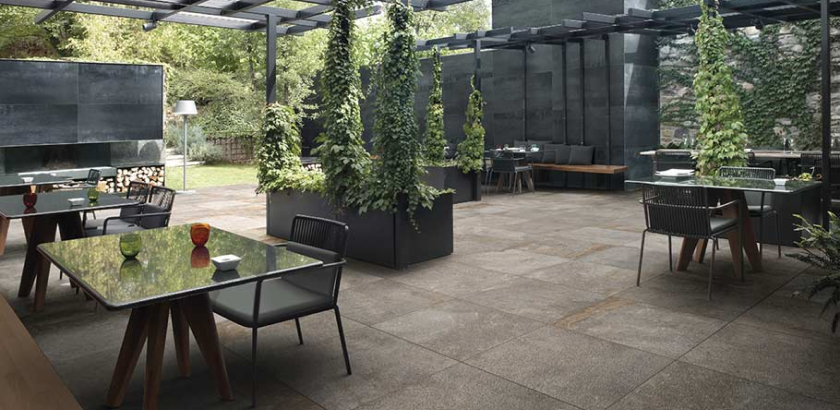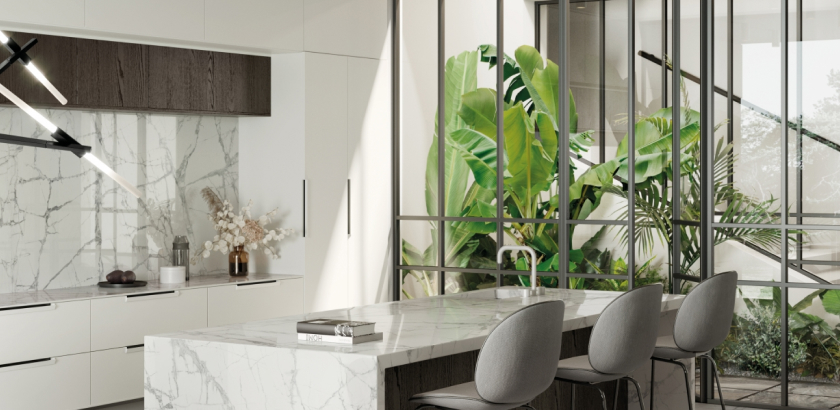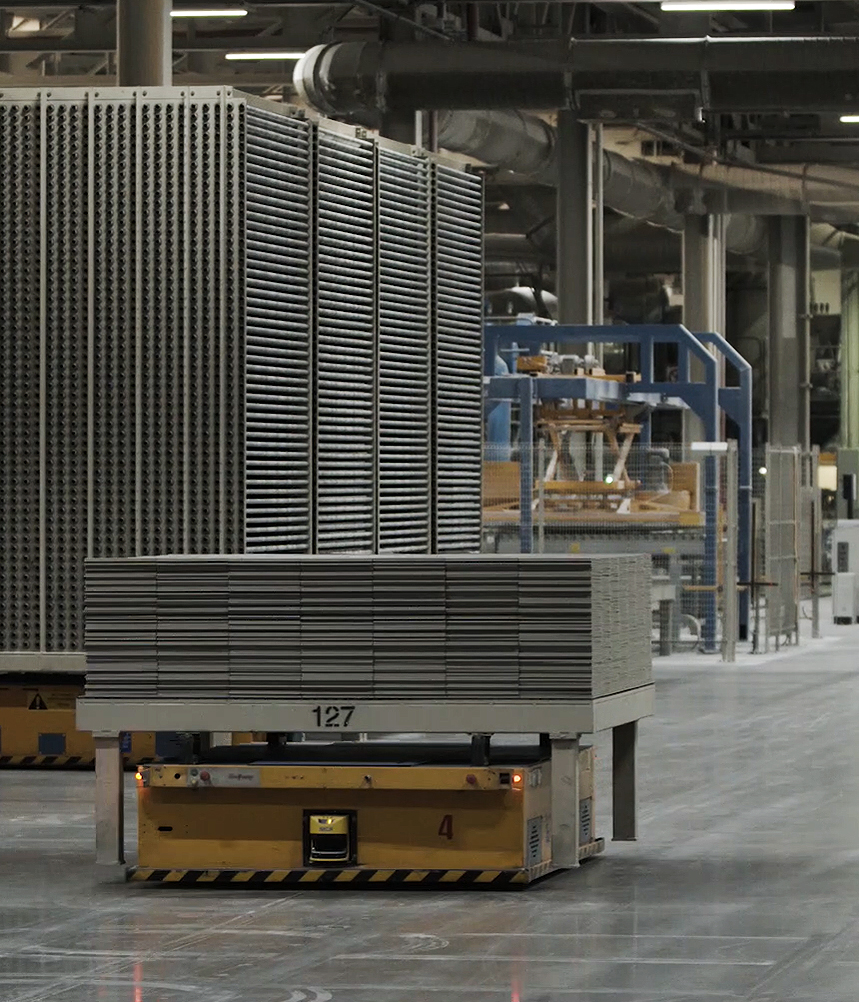Prior to laying, check shade, caliber and choice of materials carefully. Italon will not accept claims on laid materials, as any defects are visible prior to laying.
To obtain the best possible visual results, lay the materials taking the tiles from several different boxes in order to achieve the best possible mix.
Laying can be done using both with a dusting of cement or using special high performance glues for porcelain stoneware. Glue laying is recommended as it offers higher guarantees of stability.
Remember that, when laying, the underfloor must be stable, dry, neither frozen nor excessively hot; prepare the surface and keep it perfectly flat and free of dust.
Cement-based adhesives must be applied at room temperature, generally between +5° C and + 30/35° C, covering a surface not exceeding 1sqm each time and subsequently laying the tiles exerting a uniform pressure on the surface. When laying, do not mark the surface of the material used with pencils (lead) or indelible markers, particularly when using polished products.
